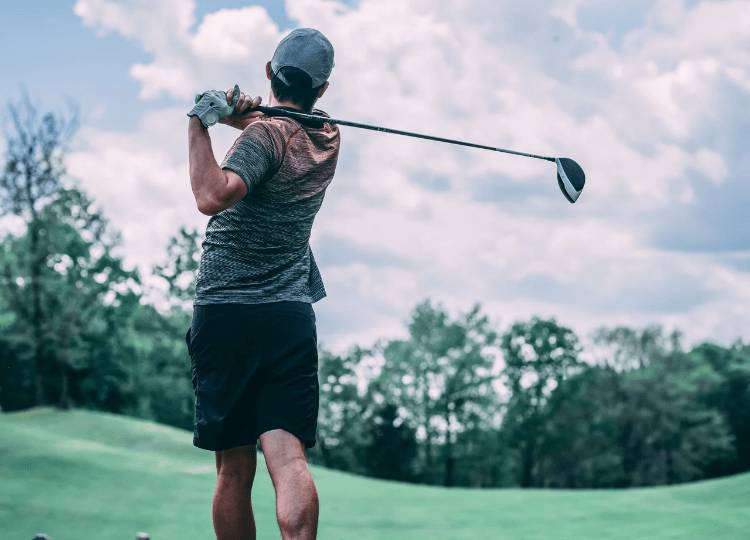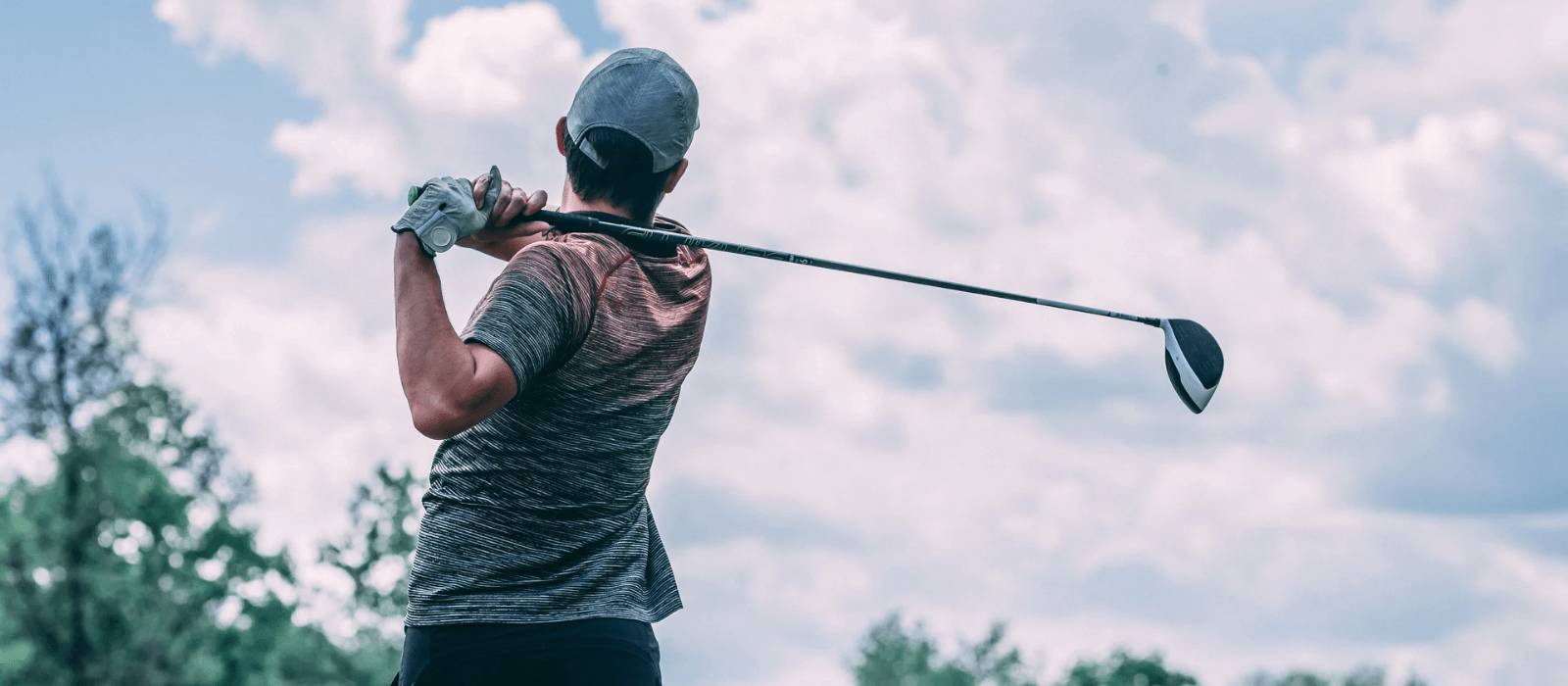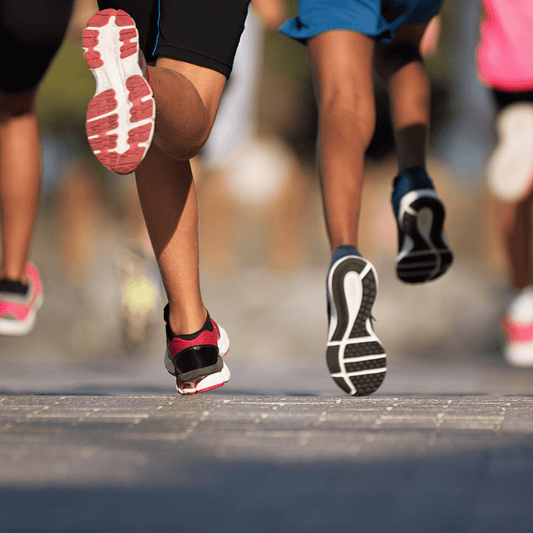Knee pain is common in golfers due to the twisting motion of the knee during the golf swing. This can cause strains or tears in the ligaments or cartilage in the knee.
To avoid knee pain, it's important to wear proper footwear with good support and traction, as well as to warm up properly before playing. Strengthening the muscles around the knee can also help to prevent injury, as can avoiding overuse by taking breaks when necessary.
Overall, it's important to maintain good form and technique when playing golf, as well as to warm up properly and take breaks as needed. Strengthening your muscles and maintaining good overall fitness can also help to prevent injuries.
Knee pain is a common injury that affects many golfers, particularly those who play frequently or have poor posture or technique. Knee pain can range from mild discomfort to severe pain and can affect a golfer's ability to play the game. In this article, we will explore the causes and symptoms of knee pain in golfers and provide some examples of exercises that can help alleviate the problem.
Causes of Knee Pain in Golfers
There are several factors that can contribute to knee pain in golfers, including:
Poor technique: If a golfer is using improper technique, they may be putting extra strain on their knees.
Overuse: Golfers who play frequently or practice for long periods of time may be at risk for overuse injuries, including knee pain.
Previous injury: Golfers who have had previous knee injuries, such as a torn ligament or meniscus, may be more susceptible to knee pain.
Age: As we age, our joints become less flexible and more susceptible to injury.
Symptoms of Knee Pain in Golfers
The symptoms of knee pain in golfers can vary depending on the severity of the injury. Some common symptoms include:
Pain and tenderness in the knee: This pain may be mild or severe and may worsen with certain activities, such as walking or standing for long periods of time.
Stiffness: A golfer may feel stiffness or soreness in the knee, especially after prolonged use.
Swelling: The knee may become swollen and inflamed, making it difficult to bend or straighten the leg.
Weakness: The golfer may experience weakness in the leg, making it difficult to walk or stand.
Exercises to Alleviate Knee Pain
There are several exercises that can help alleviate the symptoms of knee pain in golfers. These exercises are designed to strengthen the muscles around the knee, improve flexibility, and reduce pain and inflammation. Some examples include:
Straight leg raises: Lie on your back with your legs straight. Lift one leg off the ground, keeping it straight, and hold for a few seconds. Slowly lower the leg back down and repeat on the other side. This exercise targets the quadriceps muscles in the thigh, which help support the knee.
Hamstring stretches: Sit on the ground with your legs straight out in front of you. Reach forward and try to touch your toes, holding for a few seconds. This exercise targets the hamstring muscles in the back of the thigh, which help support the knee.
Wall sits: Stand with your back against a wall and your feet shoulder-width apart. Slowly slide down the wall, bending your knees until they are at a 90-degree angle. Hold this position for a few seconds, then slowly stand back up. This exercise targets the quadriceps and gluteal muscles, which help support the knee.
Step-ups: Stand in front of a step or stair. Step up onto the step with one foot, then step back down. Repeat on the other side. This exercise targets the quadriceps and gluteal muscles, which help support the knee.
Knee extensions: Sit in a chair with your feet flat on the ground. Straighten one leg out in front of you, then slowly lower it back down. Repeat on the other side. This exercise targets the quadriceps muscles in the thigh, which help support the knee.
Knee pain is a common injury among golfers, but it can be treated with the right exercises and techniques. By strengthening the muscles around the knee, improving flexibility, and reducing pain and inflammation, golfers can reduce the risk of knee injuries and improve their overall performance on the course.
It's important to address knee pain early on to prevent it from worsening and potentially causing long-term damage. In addition to exercises, there are other steps golfers can take to prevent knee pain, such as wearing proper shoes and using knee braces or supports if necessary.
It's also important to note that knee pain can be a symptom of more serious conditions, such as arthritis or a torn ligament. If you are experiencing persistent or severe knee pain, it's important to speak with your healthcare provider to determine the underlying cause and the best course of treatment.
Knee pain is unfortunately a very common problem among golfers, but it can be managed with the right exercises and techniques. By taking steps to strengthen the muscles around the knee, improve flexibility, and reduce pain and inflammation, golfers can reduce their risk of knee injuries and improve their overall performance on the course. If you are experiencing knee pain, speak with your healthcare provider to determine the best course of treatment for your condition.






